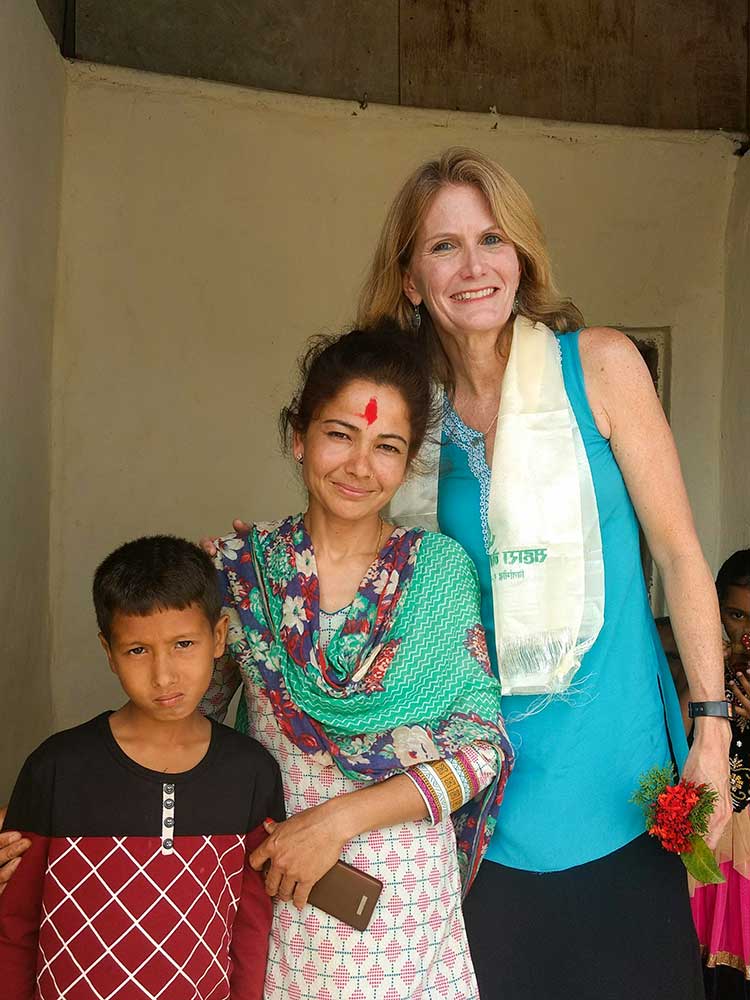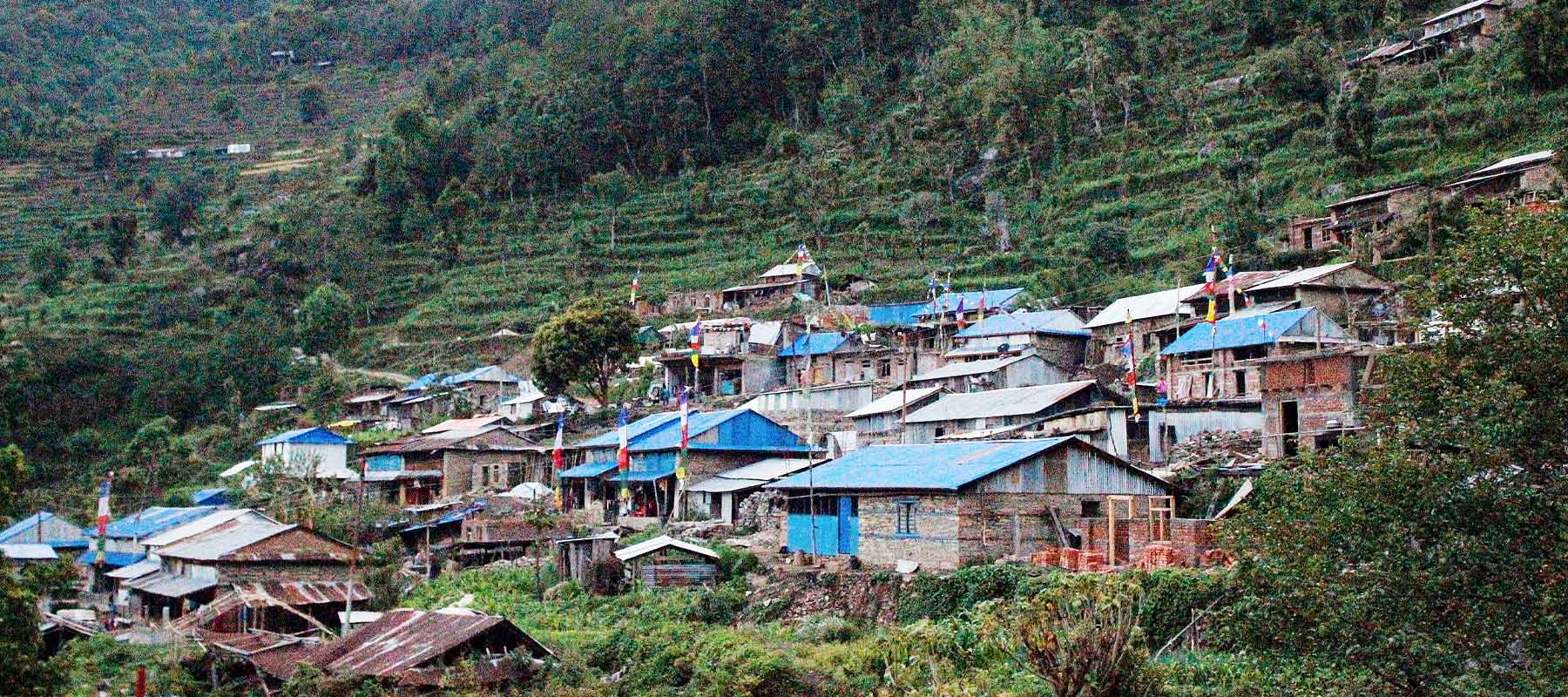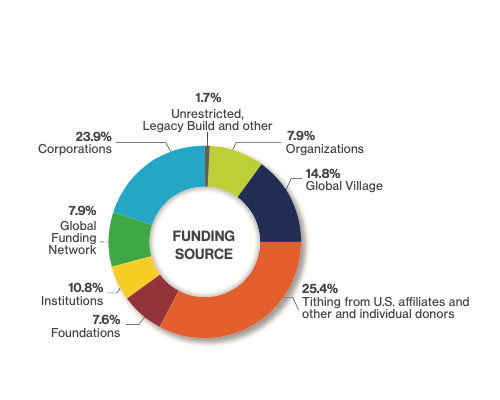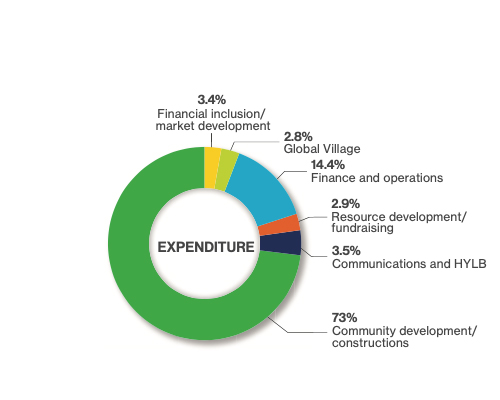What do we make of 2020? Is that not what we are all asking ourselves?!
For Habitat Nepal, the fiscal year started so well….
- Our community-building activities took off with great enthusiasm and financial commitment from the local government. In all our community work, government entities contributed at least 50% of the direct construction costs, and in many cases, also provided families with safe land, land titles, and community infrastructure. This allowed us to exponentially grow our work, leveraging our donors’ contributions, while serving highly vulnerable groups such as the low-caste Dalits, Haliyas (former bonded laborers), and ethnic minorities.
- Promoting land rights for women and marginalized groups became a core focus of Habitat Nepal. Funding from U.S. affiliates allowed us to provide the Ministry of Land with technical support to draft and finalize the procedural guidelines for granting land to landless families. Additionally, Habitat ensured that the new policies mandate joint land titling, in the names of both wife and husband, whenever land is granted through government housing programs. Once approved, these policies and guidelines will enable hundreds of thousands of families to access land for housing and ensure equal tenure security for women and men.
- We launched two innovative, multi-year projects aimed at changing housing systems in Nepal. The first is a five-year project funded by the Australian government and States of Jersey to expand access to housing microfinance services through our local partner organizations. And the second is a seven-year partnership with the Hilti Foundation to promote the adoption of bamboo housing technologies in the eastern Terai. These projects will lead to exciting growth in our housing work.
- In March 2020, Nepal took action against COVID-19 and implemented a strict lockdown to slow the virus’ spread. Habitat Nepal responded by moving into a work-from-home modality, followed by staff downsizing. Fieldwork was, fortunately, able to continue, as the government prioritized house construction activities, and families were assisted with food/cash for work while building their homes.






